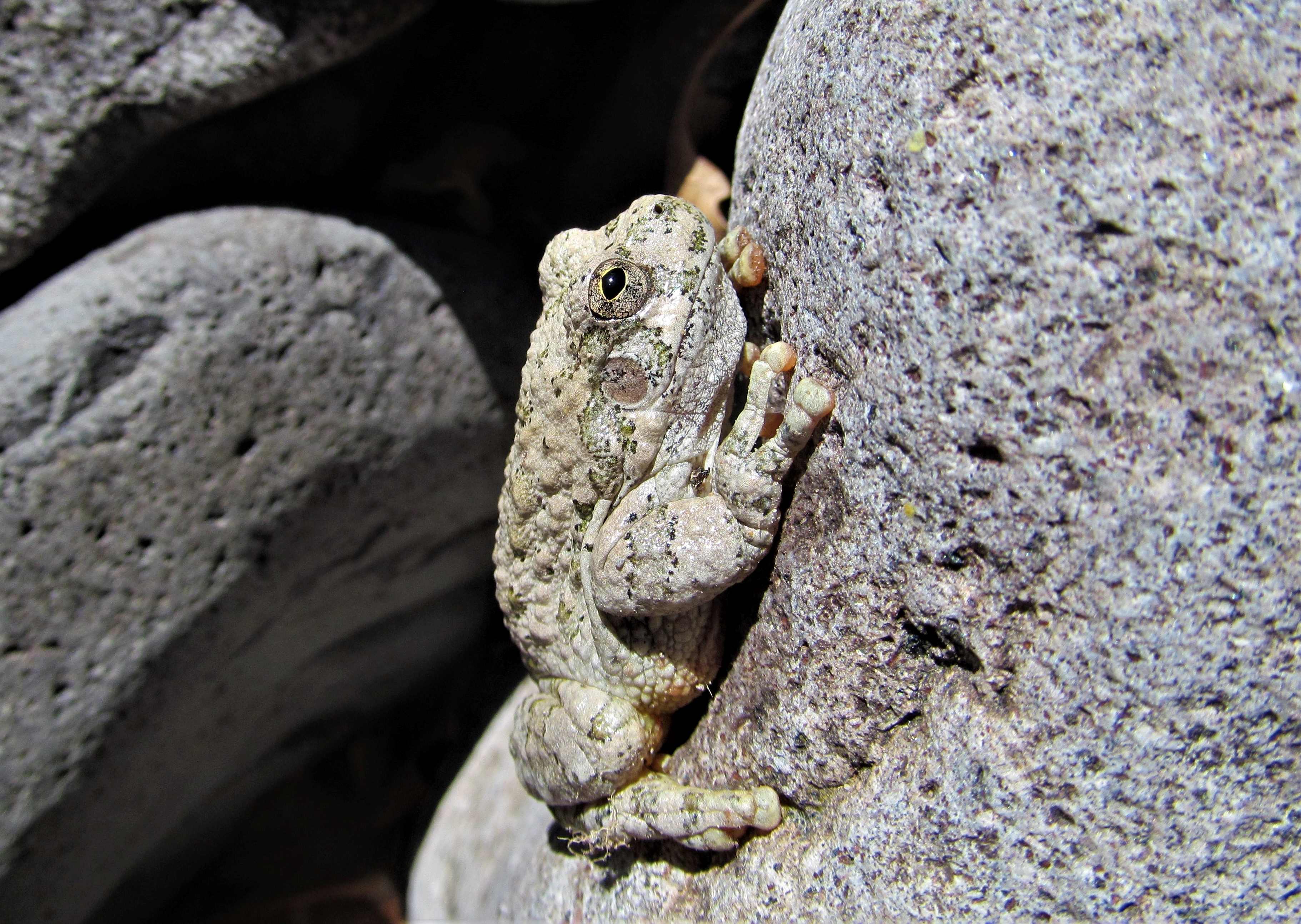Arizona Toad
(Anaxyrus microscaphus)

Description
The Arizona toad (Anaxyrus microscaphus) is a species of toad in the family Bufonidae. It is endemic to the south-western United States, where its natural habitats are temperate lowland forests, rivers and streams, swamps, freshwater marshes, freshwater springs, ponds, open excavations, irrigated land, and seasonally flooded agricultural land. The Arizona toad was first described by the American herpetologist Edward Drinker Cope in 1867. He named it Bufo microscaphus and the type locality was Fort Mohave, Arizona. It was commonly known as the southwestern toad and for many years, three subspecies were recognized, B. m. microscaphus, B. m. californicus and B. m. mexicanus. In 1998, the American herpetologist A. W. E. Gergus raised all three to full species status on the basis of allozyme evidence, allopatry and morphology. The large genus Bufo was split by Frost et al. in 2006, with the North American species being included in the genus Anaxyrus. The Arizona toad grows to a snout-to-vent length of 53 to 79 mm (2 to 3 in). The dorsal colour is variable but is often gray or beige with reddish-brown warts. The parotoid glands are oval and widely separated and there is often a pale stripe or patch on the head or spine. Juveniles are often salmon-coloured or greenish-brown. This species' range is continuous along the Virgin River and its tributaries in southwestern Utah, and southern Nevada, and in locations across Arizona and western New Mexico. It is a protected species in Utah, Nevada and Arizona. Protected populations occur in the Virgin River and its tributaries in Zion National Park. The toads are usually found in sandy areas within about 100 metres (330 ft) of streams, often in locations with flood channels and dense clumps of willow, or on nearby sandy terraces with live oaks and cottonwoods. In Arizona and New Mexico they sometimes occur at higher altitudes, up to about 2,000 metres (6,600 ft) in forested areas in riparian corridors during rainy periods in summer. They also move into irrigated fields after the breeding season is over, and are found around reservoirs, ponds and other impounded areas. Breeding takes place in backwaters, the edges of streams and side-pools. Trees and shrubs growing at the streamside include Fremont's cottonwood (Populus fremontii), willows (Salix spp.), and seep willows (Baccharis salicifolia).
Taxonomic tree:







